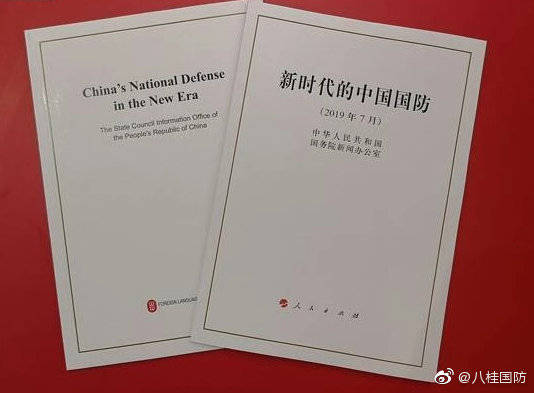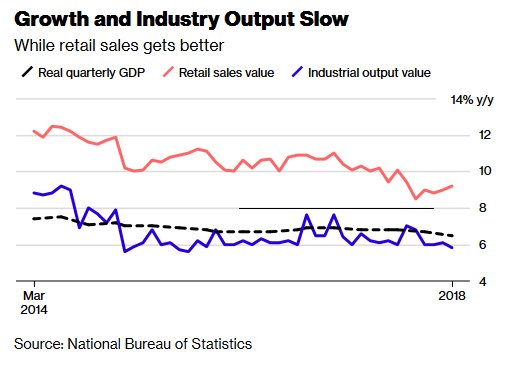With top 15 countries accounting for ~52% of the exports and they are going to get impacted. MSME constitute 25-30% of auto component industry. Key raw materials steel & alluminuim will see sharp correction in prices.
India imports 45-50% completely built units of consumer durables (mainly from China) and has high import dependency for components. Supply disruptions have already led to scarcity of components / units, thus increasing prices.
International passenger traffic constituting 30- 35% of total passenger traffic in India to get severely impacted. Top 15 affected countries account for more than 25% of total international passenger traffic from / to India.
Occupancies in March were sub-30%. Curbs on visa till April 15 and progression of Covid-19 globally will have a severe impact on influx of foreign travellers, bringing down occupancies of hoteliers.
Check the message of Marriott Global CEO here:
Due to limited availability of wood pulp & wastepaper, imports form more than 40% of total pulp requirement. Share of Top 15 impacted countries is ~50%. Thus, supply chain disruption is limited.
India is one of the largest cotton producers, has a high share in global trade of cotton yarn. Almost 20% of total production is exported. Hence, the slowdown in global demand will directly impact cotton yarn manufacturers.
Over 50% of industry is export dependent. Of this, 84% is the share of Top 15 infected countries. India depends largely on imports for gold & diamonds, and imports 20% of world trade. Of this, India imports more than 60% of products from Top 15 affected countries.
The Indian IT services sector, which derives more than 80% of its total revenue from exports, with higher share of the US, the EU and the UK, will see challenging times, given cuts in discretionary spend, travel restrictions, and closures of offices.
Travel restrictions could lead to delays both in terms of new deal signings/ closures and execution of projects.
China accounts for ~35% of the global leather exports, whereas India accounts for only ~3%. India's current capacity utilisation for leather manufacturers is at 60-70%. With weak global demand, there is hardly any benefit that India may be able to garner.
40-45% of the raw material requirement for the manufacture of pesticides is met through imports. In FY19, China accounted for 52% imports. In FY19, exports accounted for 52% of the industry. Major export to US, Brazil, France, Germany, China, accounting for ~50%.
Huge raw material dependency on China (65- 70% of total bulk drugs and intermediate imports).
FY19 exports (both bulk drugs and formulation) total ~$18 billion. Europe and the US account for a major share in overall exports.
MSMEs, constituting ~70% of the industry revenue. Exports constitute 30% of the seafood industry; of which, China accounts for 1/5th share.
Top 15 impacted countries form ~70% of India’s export basket. Domestic consumption accounts for ~70% of the seafood industry
Of total production, 20- 25% is exported. However, only 11% is exported to Top 15 impacted countries. RMs form 45- 50% of total cost. Most of them, i.e., clay & silica, are procured domestically. 80% production is consumed domestically. Domestic players may benefit.
Of total consumption, 25% is imported. Import dependency on the Top 15 affected countries is 25- 30%. Fertiliser exports to the affected countries account for ~6% of the total fertiliser exports.
India is a net importer of petrochemicals, with imports accounting for ~20% of domestic consumption. Of this, ~45% of imports is met from Top 15 impacted countries.
8% dependency on finished steel imports. Of this, 30-35% is from Top 15 impacted countries. Global steel prices are expected to come under pressure. However, anti-dumping duty will continue to protect domestic steel prices.
Data Source: CRISIL




